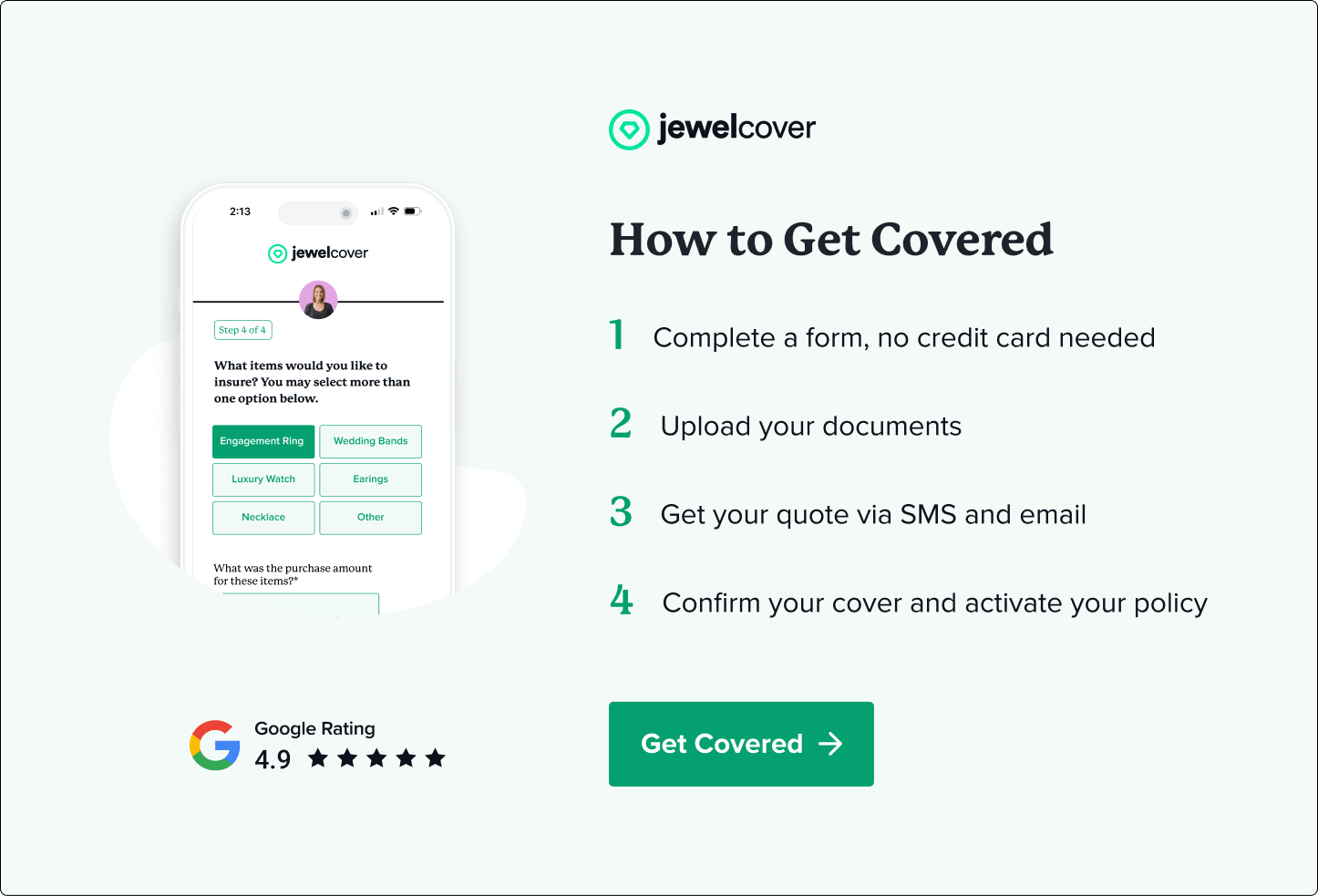Toss out those old rules about how much to spend on an engagement ring. The outdated notion of spending a set percentage of your salary no longer applies. With rising housing prices and student loan repayments, it’s time to rethink how much to invest in your engagement ring.
Fortunately, there’s never been a better time to find the perfect engagement ring within your budget. With so many beautiful and unique designs available at every price point, you’re sure to discover the perfect ring—without breaking the bank.
We’ve put together our best budget-friendly tips to help you choose a ring that’s both meaningful and financially smart.
Determine Your Budget
Before you start shopping (or even browsing), decide how much you want to spend on the ring. Getting married can be expensive, and if you overspend on the engagement ring, you may find yourself strained in other areas.
It sounds simple, but in the excitement of the moment, it’s easy to get carried away. Keep in mind that you and your partner will soon be sharing financial responsibilities, so making a smart decision now can set the tone for a strong financial future together.
Prioritise the 4Cs
Certification labs grade diamonds on four main factors (the 4Cs): cut, clarity, colour and carat.
Cut: A diamond’s cut determines how well the facets interact with light. Many people think the cut is the same as the shape, but it refers to the precision of the diamond’s artistry.
Clarity: Diamonds form deep down in the earth over many thousands of years, and during this process, internal characteristics called “inclusions” and external attributes called “blemishes” can occur. Diamonds are graded on their inclusions and blemishes.
Colour: Chemically pure and structurally perfect diamonds have no colour. Therefore, colourless diamonds receive higher values than coloured diamonds. The colour scale ranges from D (colourless) to Z (yellow or brown).
Carat: Diamond weight is measured in “carats.” One carat equals 200 milligrams. All else being equal, diamond value rises with carat weight. Of course, two diamonds of equal carat weight can vary substantially in price, depending on their cut, clarity and colour.
Understanding the 4Cs will help you to know what kind of diamond to look for and whether or not you’re getting a fair deal.
Consider which of the 4Cs is the highest priority for you. If you want a sizeable diamond, you might prioritise carat weight over other factors. Some people like the looks of yellower diamonds, in which case you’d lower your colour expectations and increase clarity or cut.
Research Rings and Find Compromises
You’ll probably find that you can’t tell the difference between diamonds with high clarity scores (VVS1) and low clarity scores (VS1, which usually contains a small inclusion). This is entirely normal, and if you’re able to save a great deal on a diamond with lower clarity, it makes sense to choose the less expensive one.
Another way to stretch your budget is by choosing a design that enhances the look of your diamond. A halo setting, for example, surrounds the centre stone with smaller diamonds, making it appear larger without the added cost of a bigger stone.
Buy Shy
Diamond prices jump at certain carat weights, such as 1.0 and 1.5. Shopping for a diamond just under these benchmarks—such as 0.9 instead of 1.0—can lead to noticeable savings while maintaining a similar look.
Choose Unique Stones
Diamonds haven’t always been the standard for engagement rings. It wasn’t until the late 1940’s that an ad copywriter came up with a slogan that changed the wedding jewellery market forever. “A Diamond is Forever,” said the motto, and diamonds quickly took over the engagement ring market.
But styles come and go. Brides in the 1930s rarely sported diamonds on their fingers, and today we see plenty of engagement rings that feature aquamarine, sapphires, rubies and emeralds. You’ll find that your engagement ring budget benefits from eschewing diamonds and aiming for a different precious gemstone.
When you find the perfect engagement ring, insure it with JewelCover. If the unexpected happens, you don’t want to have to purchase an entirely new ring. With our insurance, your ring will be covered for theft, loss and damage. Get in touch with us to find out more about insuring your engagement ring.



